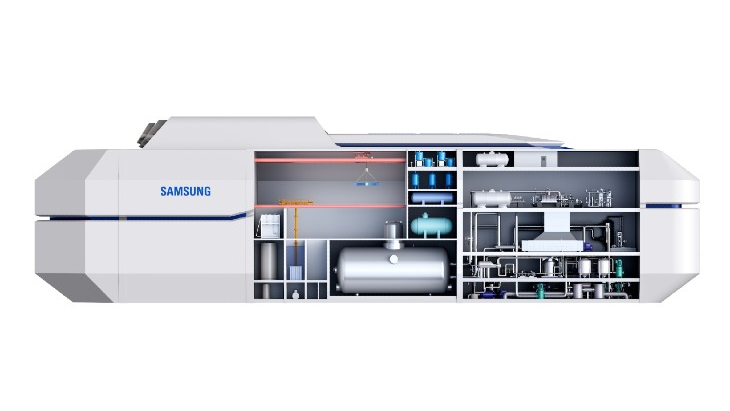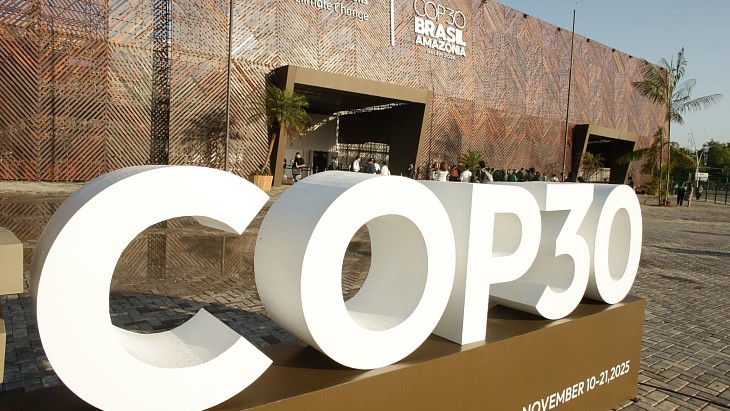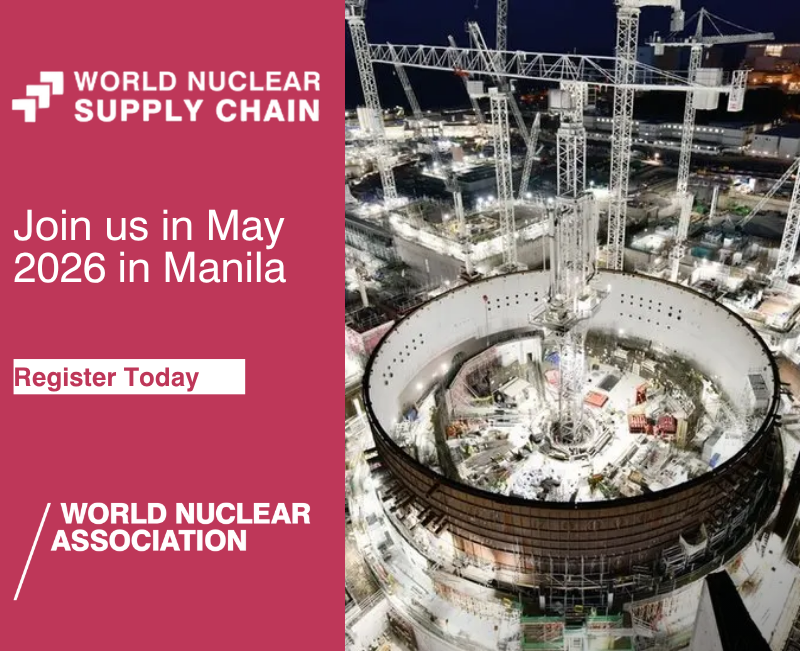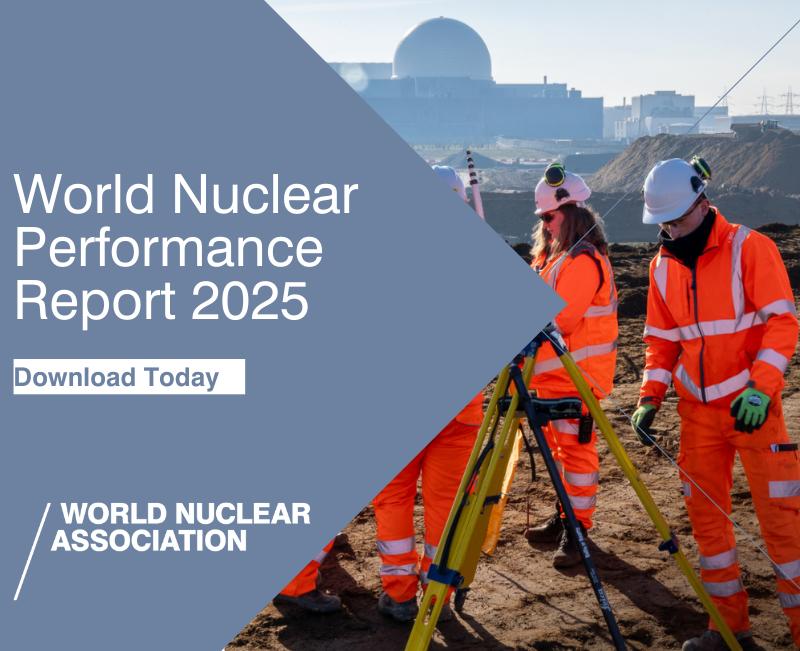Defueling of Hunterston B in North Ayrshire, Scotland, was completed on time and on budget, operator EDF Energy announced. Formal confirmation of defueling came following a series of rigorous checks of the plant by EDF and the independent regulator, the Office for Nuclear Regulation (ONR).
The Hunterston B plant comprises two 490 MWe advanced gas-cooled reactors (AGRs) - Reactors 3 and 4. Reactor 3 came online for the first time in February 1976, was initially expected to run for 25 years but had its generating lifespan increased to more than 45 years. It was taken offline in November 2021. The plant's other unit, Reactor 4, started up in March 1977 and was shut down in January 2023.
It has taken two years and 10 months to defuel the site, with 4880 used fuel elements being removed, processed and packaged into almost 350 large, specially engineered, flasks. Defueling of Reactor 3 started in May 2022 and took 16 months, while defueling of Reactor 4 started in November 2023 and took 14 months. The fuel has been transported by rail from Hunterston B to Sellafield, in Cumbria, for long-term storage.
The nuclear site licence for Hunterston B will be transferred from EDF Energy to Nuclear Restoration Services (NRS), a subsidiary of the Nuclear Decommissioning Authority (NDA), next year. NRS will decommission the site, which will involve dismantling and demolishing the plant and buildings.
"Defueling the station on time and on budget has been down to the hard work and commitment of everyone involved and we are proud to have been able to deliver such an exceptional performance," said Hunterston B Station Director Andy Dalling. "We are now fully focused on getting the station ready to transfer from EDF to NRS for decommissioning in around a year's time. Deconstruction of the site will take place over the coming years, with most of the people working here today staying at the site to carry out that job."
NDA Group CEO David Peattie added: "This is a significant achievement, and I want to congratulate EDF, the staff at Hunterston B, and all those involved from the NDA group who worked tirelessly in partnership to make this happen.
"We look forward to welcoming Hunterston B into our group. We're experts in nuclear decommissioning and nuclear waste management and we're proud to utilise our specialist skills and capability to support the wider sector, for the benefit of the nation. It's why the government has entrusted the NDA with the long-term decommissioning of AGRs, and we'll continue to work closely with EDF to ensure the smooth transition of the site to Nuclear Restoration Services next year."
Decommissioning of AGRs
EDF had originally been responsible for total lifetime decommissioning of the seven AGR plants, which comprise Torness and Hunterston B in Scotland, Dungeness B in Kent, Hartlepool in Teesside, Heysham 1 and 2 in Lancashire and Hinkley Point B in Somerset. All these plants are scheduled to reach the end of their operational lives this decade.
However, in June 2021, the UK government and EDF agreed improved arrangements to safely and efficiently decommission the AGRs. Under the agreement, EDF will aim to shorten the time it takes to safely remove the fuel from the plants as they come offline, before working closely with the NDA to transfer ownership of the stations to the NDA.
Two other AGR plants are currently in the defueling stage: Hinkley Point B and Dungeness B. Four AGR plants are still in operation. Hartlepool and Heysham 1 are currently expected to operate until March 2026 and March 2027, respectively. Heysham 2 and Torness are currently due to generate until March 2030.

_64786.jpg)



_47120.jpg)
_23621.jpg)

_63865.jpg)





